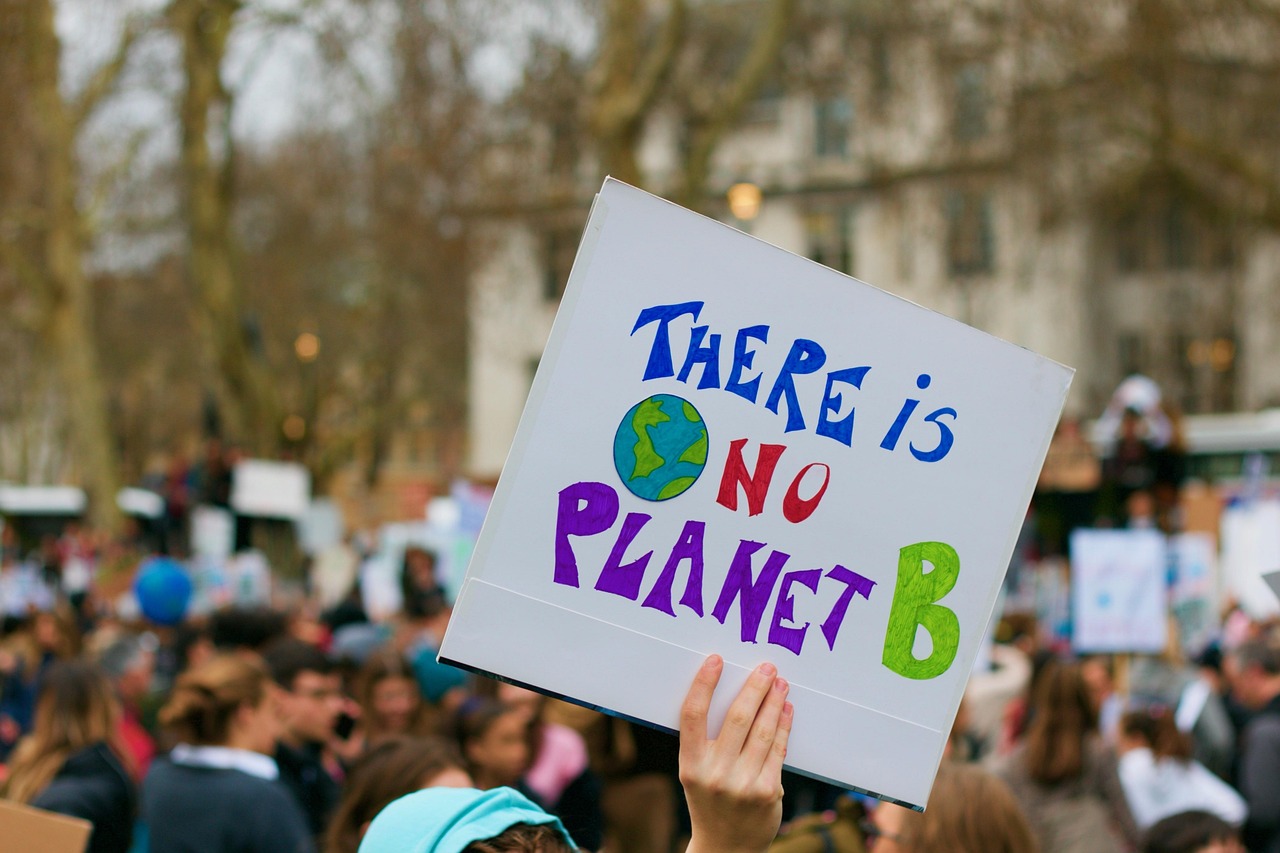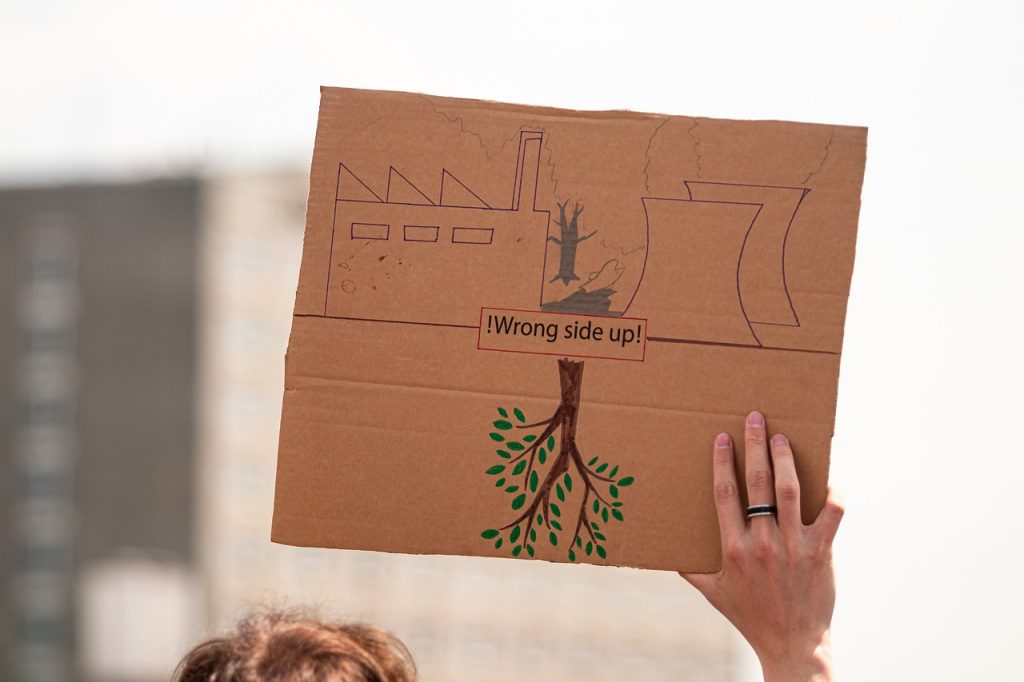

By Moureen Charity Rubagumya
Climate change is one of the most urgent challenges of our time, with serious consequences for the environment, human health, and global economies. As our planet continues to warm, the signs of change are becoming increasingly clear — from rising sea levels to more frequent and extreme weather events.
🔥 What Causes Climate Change?
- Greenhouse Gases
The burning of fossil fuels like coal, oil, and gas releases large amounts of carbon dioxide (CO₂) and other greenhouse gases into the atmosphere. These gases trap heat, causing global temperatures to rise. - Deforestation
Cutting down forests for agriculture, urban development, or logging reduces the Earth’s ability to absorb carbon dioxide. Fewer trees mean less carbon is removed from the atmosphere. - Land Use Changes
Converting natural habitats into farmlands or cities releases stored carbon and disrupts ecosystems that naturally regulate the climate.
⚠️ Effects of Climate Change
- Rising Sea Levels
Melting glaciers and polar ice, along with the thermal expansion of seawater as it warms, contribute to rising sea levels — threatening coastal communities and fragile ecosystems. - More Extreme Weather
Climate change is linked to more frequent and intense heatwaves, droughts, storms, and floods, leading to loss of life, damaged infrastructure, and economic disruptions. - Disrupted Rainfall Patterns
Unpredictable precipitation affects water supply and agriculture, leading to food insecurity, especially in vulnerable regions.
✅ Solutions to Climate Change
- Transition to Renewable Energy
Shifting to clean energy sources like solar, wind, and hydro reduces our dependence on fossil fuels and significantly lowers emissions. - Improve Energy Efficiency
Enhancing energy use in homes, transportation, and industries helps cut energy waste and emissions. - Sustainable Land Use
Reforestation, agroforestry, and conservation farming help restore ecosystems and sequester carbon. - Climate-Resilient Infrastructure
Investing in adaptive solutions like sea walls, green roofs, and sustainable drainage systems protects communities from climate-related disasters.
👣 What Can You Do?
- Reduce Your Carbon Footprint
Use public transport, carpool, cycle, or drive energy-efficient vehicles. Save energy at home by turning off unused lights and appliances. - Support Renewable Energy
Choose clean energy options when possible — such as installing solar panels or supporting community solar projects. - Get Involved Locally
Join or support environmental initiatives like park cleanups, tree-planting drives, and advocacy campaigns in your community. - Stay Informed and Educate Others
Follow trusted sources on climate news, and share what you learn to raise awareness and encourage action.
🧭 Conclusion
Climate change is a complex, global issue — but it is not beyond our control. By acting together at individual, community, and policy levels, we can reduce its worst effects and move toward a more sustainable, just, and resilient future.







